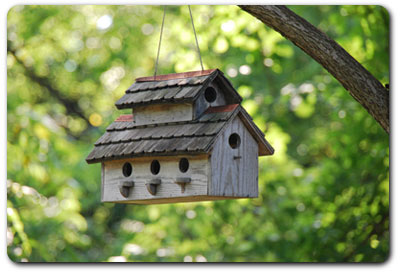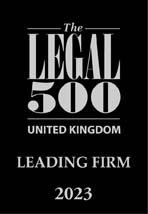We discuss the Family Law (Scotland) Act 2006 which abolished common law marriage and its impact on cohabiting couples.
 This year will be the eighth anniversary of the Family Law (Scotland) Act 2006 which, it has been said, abolished the old Scots form of common law marriage.
This year will be the eighth anniversary of the Family Law (Scotland) Act 2006 which, it has been said, abolished the old Scots form of common law marriage.
The essence of Marriage by Cohabitation with Habit and Repute (CHR) is that a man and a woman must have lived together as husband and wife though without any valid form of marriage ceremony. Most of their friends and relations must have genuinely thought that the couple really were married. The couple had to have had capacity to marry – in other words the rule could not apply if one or other of them still validly married to somebody else. As you might expect the rules of Marriage CHR were chiefly used in succession cases so that a bereaved cohabitant could make a claim as the widow or widower of the deceased.
These cases have been tailing off in recent years, quite probably because of the increasing social acceptance of unmarried cohabitation. Nowadays there’s not much stigma attached to a couple living together in an unmarried state and accordingly little incentive for the couple to mislead their friends and family about the legal status of their relationship, and anyway we have a statutory system for cohabitants thanks to the same Act although its strict time limits will exclude many claims.
A couple of examples:
Angus and Brenda begin living together in 1952, just around the time of the Royal Wedding. Inspired by all the newspaper comments about wedding dresses, honeymoons and the lifelong commitment for which the Windsors were known at that time, Angus proposes that they, too, should tie the knot. They travel down to Gretna (‘because it’s so romantic’) one weekend and return saying that they were now husband and wife. They move on together to another town where they are known as a married couple to all their friends. Angus suddenly dies and Brenda, just as suddenly remembers that there was no proper marriage ceremony in Gretna. Brenda could well have a good chance of success in Court when she seeks to be regarded as Angus’ widow.
Charlie and Dawn, on the other hand, have lived together since 1980. Most of their friends and family know that they are not married although the relationship outlasts many of their friends’ marriages and they remain happily together. Scots law would not treat them as married because although they have the Cohabitation and the Habit, they do not have the Repute of being married amongst those who know them well.
There were two other irregular forms of marriage in Scotland: per verba de praesenti which involved the parties simply declaring in presence of witnesses that they accepted each other as husband and wife, and the intriguing per verba de future subsequente copula which required only a promise of future marriage followed by sexual intercourse on the faith of that promise. No witnesses were required – to either part of the marriage. Surely some enterprising scriptwriter could make a plot hinge on one of those, don’t you think? Both of these irregular forms were abolished in 1940, though not retrospectively, so it’s still possible that a divorce case (or more likely a succession one) could turn on an interesting set of facts.
There is no doubt that Marriage CHR, which survived the 1940 reforms, is untidy and that is one of the reasons that the Scottish Law Commission in its most recent report recommended its abolition.
If it had been the intention of the Scottish Government to abolish Marriage CHR, however, it is clear that the Family Law (Scotland) Act 2006 did no such thing. For almost all cases, Marriage CHR is abolished for cohabitations which began after 4th May 2006 but for any cohabitation which began before that date, Marriage CHR is a possibility. We have a generation of these cases still in the pipeline and it will be many years before Scots Law students can afford to ignore completely the arcane rules and authorities relating to this rather endearing feature of Scots Family Law.
Image Credit: by babosh_t via Flickr Creative Commons Attribution-ShareAlike 2.0 Generic (CC BY-SA 2.0)






